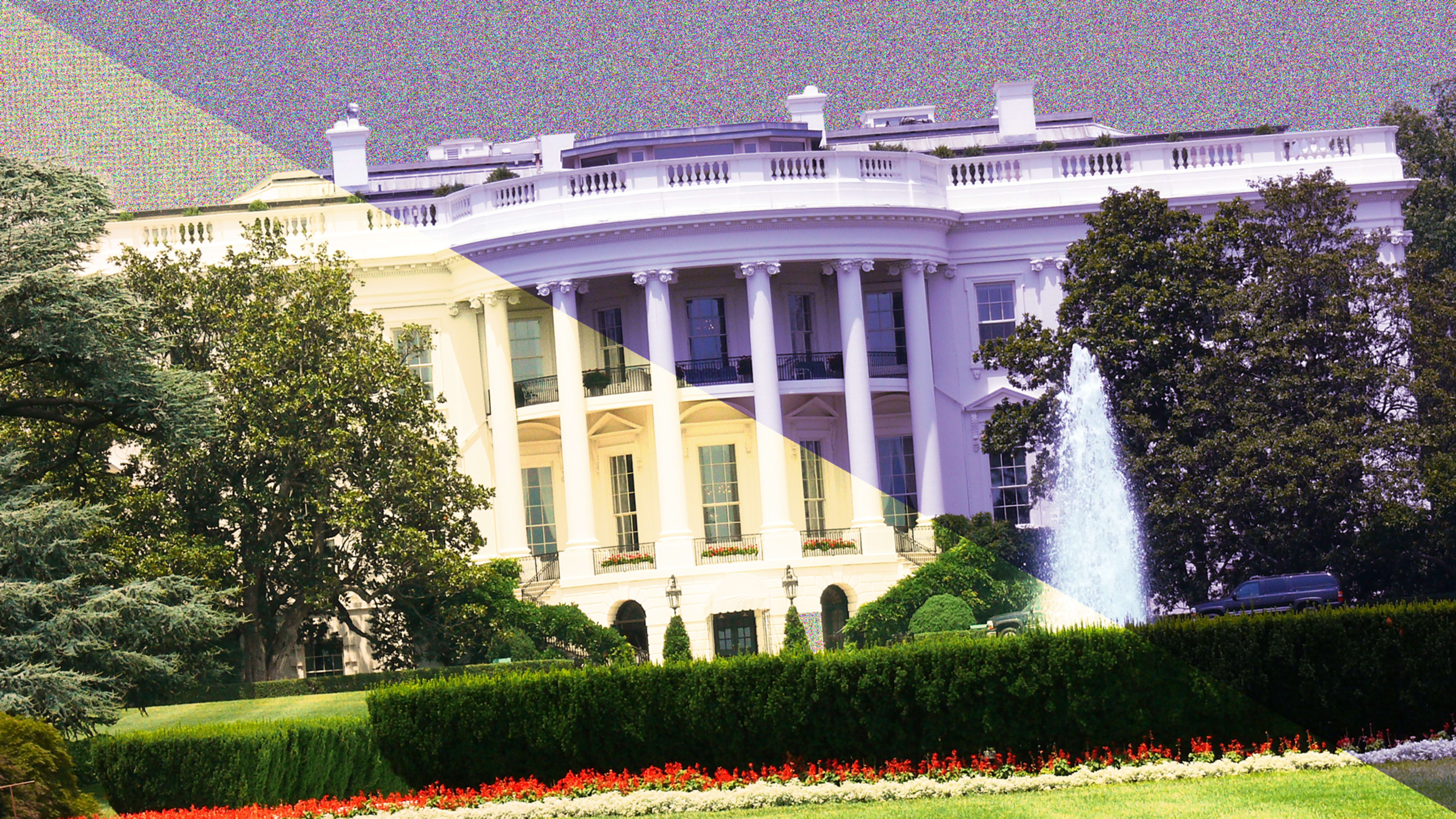Just 10 days before President Donald Trump’s inauguration—amid headlines about Fox News host Bill O’Reilly’s settlement of sexual harassment claims against him, and in the wake of numerous sexual assault allegations against Trump himself—the Obama White House introduced updated guidance on sexual harassment in the workplace. The proposed guidelines reflected the latest case law and expanded the federal ban on harassment to include sexual orientation and gender identity.
About 11 months later, just after the Harvey Weinstein exposé sparked a nationwide reckoning with the prevalence of sexual harassment, the guidance was sent by the Equal Employment Opportunity Commission (EEOC) to the White House for approval in November 2017. It’s a fairly routine process, and employers around the country anticipated the approval of the guidance, which is used to set workplace guidelines for companies that hire hundreds of millions of Americans. This would be the first new guidance on harassment in the workplace since 1999, during which time case law and society’s recognition of gender identity and sexual orientation have evolved.
And yet, a year after the Weinstein scandal, and amid a surge in sexual harassment complaints filed with the EEOC, the guidance is still in limbo, held up by the White House’s Office of Management and Budget (OMB), which usually takes a maximum of 90 days to approve rules. The guidance was also sent to the U.S. Justice Department (DOJ), which under Attorney General Jeff Sessions has reversed the government’s policy of including transgender people in protections against discrimination in the workplace—raising concerns that the DOJ opposes the updated guidelines’ expansion of the scope of sexual harassment.
“It’s really strange to have it sitting there in limbo for so long,” Amit Narang, the regulatory policy advocate at Public Citizen, a good government group, tells Fast Company. “It seems to be tied up in politics around the renomination of a fairly progressive member of the EEOC.” Narang notes that it’s even more unusual because the OMB doesn’t usually review such guidances, since its role has traditionally been to review binding rules and regulations.
The delay is also discouraging to groups that fight for women’s legal rights. “I think everyone’s frustrated, certainly those of us who thought it was a strong document,” says Maya Raghu, director of workplace equity and senior counsel at the National Women’s Law Center. “The lack of approval is keeping it from being helpful to workers and advocates. And to employers, it provides important guidance. They need it to understand their own obligations, to implement better policies, and to institute better training, especially smaller employers who may lack an HR department.”
The guidance has an enormous impact, since the EEOC is one of the agencies tasked with enforcing laws against sexual harassment. “If you’re an HR director or lawyer trying to make your case, then you can point to the guidance and say, ‘This is the minimum standard we have to follow,'” Raghu says. Over time, its persuasive authority influences workplace behavior, helping prevent such incidents of harassment and bias.
Raghu notes that the EEOC has seen a spike in requests for training and assistance amid a general increase in public awareness of these issues post-Weinstein. And the agency has seen a surge in activity over the last year, with sexual harassment claims key to 41 lawsuits brought by the EEOC during this fiscal year, an increase of more than 50% compared to the previous fiscal year. Overall, alleged harassment was an issue in nearly one-third of the 84,000 charges filed with the EEOC last year. The agency recovered nearly $70 million for victims of sexual harassment through litigation and administrative enforcement in fiscal year 2018, compared to $47.5 million in fiscal year 2017.
“In a moment where we have a huge cultural and societal reckoning, this administration is showing it’s not going to take a leadership role in preventing sexual harassment,” Debra Katz, a lawyer who represents employees in harassment cases, told Bloomberg Law last June.
A spokesperson for the EEOC emailed a statement to Fast Company: “As you mentioned, guidance is still with OMB. We’re hoping it will be approved soon. I do not have an estimate of when it could be approved.”
Spokespersons for the OMB did not respond to requests for comment.
Recognize your brand’s excellence by applying to this year’s Brands That Matter Awards before the early-rate deadline, May 3.
